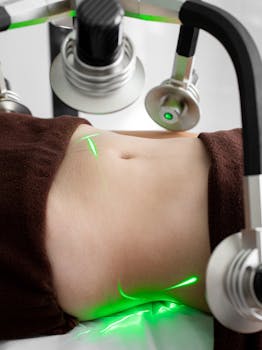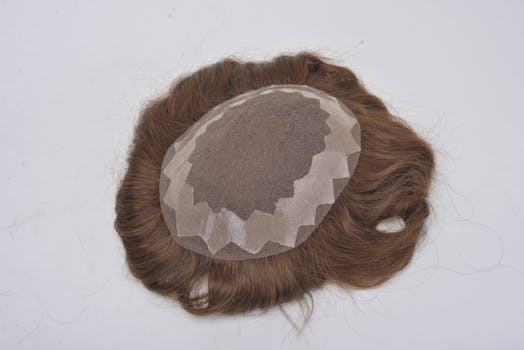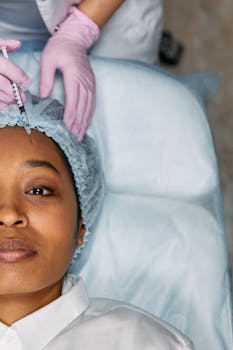Many people wonder whether it’s possible to encourage thicker, healthier hair after shedding or age-related thinning. Early steps focus on biology and consistency — you can learn how to stimulate hair follicle growth with a combination of targeted scalp care, nutrition, and medical options tailored to your situation. Below are practical, evidence-informed strategies to improve scalp health and support new growth.
How to stimulate the hair follicles: practical steps
Start by addressing the basics: reduce inflammation, improve blood flow, and remove product buildup that can clog follicles. Gentle scalp massage, low-level laser devices, and topical agents like minoxidil have been shown to assist scalp hair growth for many people. If you’re asking can hair follicles be restored after long-term miniaturization, early intervention gives the best chance of recovery. Laboratory and clinical data suggest follicles can often be revitalized rather than being permanently lost when treatment begins promptly.
Lifestyle and nutrition that support regrow hair fast
Dietary deficiencies and sudden weight loss can cause diffuse shedding. To regrow hair fast or support a steady return of volume, focus on a balanced intake of protein, iron, zinc, biotin, and vitamins D and B12. Adequate sleep, stress management, and avoiding harsh chemical processes also reduce continued hair breakage. For people wondering how to thicken hair after weight loss, targeted nutrition and time often lead to improvement as the body rebalances.
Scalp care routines that matter
- Use a gentle, sulfate-free shampoo and clarify occasionally to remove buildup.
- Incorporate a weekly exfoliating scalp treatment or light brushing to stimulate circulation.
- Apply topical treatments consistently as directed — many require months before visible improvement.
- Avoid tight hairstyles and heat damage to reduce traction and breakage.
Medical and in-office options
If over-the-counter options aren’t enough, ask your clinician about prescription therapies and procedures. Options include topical minoxidil, oral medications, platelet-rich plasma (PRP) injections, microneedling, and in some cases hair transplantation. People often ask can hair follicles regrow after these interventions — the answer depends on the underlying cause and how advanced the follicle miniaturization is. A specialist can assess whether treatments are likely to revive dormant follicles or simply stabilize loss.
When to consult a professional
Consult a dermatologist or hair restoration specialist if you notice rapid shedding, patchy loss, or signs of scarring. They can help determine whether your pattern is androgenetic, telogen effluvium, alopecia areata, or another condition. If you’re wondering can you stimulate hair growth without a prescription, some people see benefits from non-prescription scalp therapies, but persistent or worsening loss warrants professional evaluation.
For readers interested in how innovations in topical delivery and device-based treatments intersect with skin and scalp science, explore resources that cover the latest technology and routine updates, such as transform your routine: the latest breakthroughs in skincare technology, which discusses advances that can complement scalp-focused care.
Supporting terms and realistic expectations
Understand that outcomes vary. While many people experience improved density and slower shedding, not everyone will achieve full restoration. If you aim to stimulate the hair follicles specifically, treatment timelines are long — expect at least 3–6 months to observe changes and up to a year for fuller effects. Combining approaches (topical, device, nutritional, and procedural) often yields the best results, alongside ongoing maintenance.
Addressing common concerns
Questions like can hair follicles be restored and can hair follicles regrow depend on factors such as genetics, scarring, hormone levels, and duration of hair loss. For non-scarring types, regrowth is frequently possible. For scarring alopecia, follicles may be permanently damaged and require surgical options for cosmetic restoration.
For reliable medical information on causes and treatments of hair loss, see this authoritative overview from the National Institute of Arthritis and Musculoskeletal and Skin Diseases: NIAMS overview of hair loss and treatments.
- Be consistent: most topical treatments require months of use.
- Protect your scalp: reduce heat, chemical exposure, and traction.
- Optimize nutrition and manage stress to support follicle health.
Frequently asked questions
Q: Can you stimulate hair growth without medical treatment?
A: Yes—lifestyle changes, improved nutrition, gentle scalp care, and mechanical stimulation (massage, microneedling) can support growth, but persistent or pronounced loss should be evaluated by a clinician.
Q: Can hair follicles be restored after severe thinning?
A: It depends. In many non-scarring conditions follicles can recover if treated early. In cases of long-standing miniaturization or scarring, full restoration may be limited and may require procedural interventions.
Q: Are there ways to specifically target scalp hair growth after weight loss?
A: Yes—addressing nutrient deficits, stabilizing your overall health, using gentle scalp treatments, and consulting a specialist can improve outcomes for those asking how to thicken hair after weight loss.






